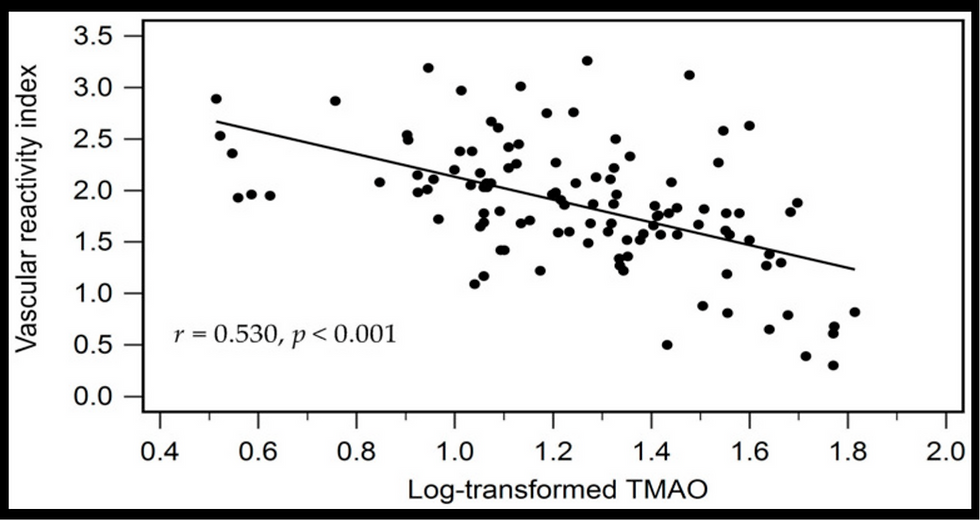Dietary nitrate biochemistry and physiology. An update on clinical benefits and mechanisms of action
- heartlung
- Jan 26, 2023
- 1 min read
Nitric Oxide 2023 Jan 20;S1089-8603(23)00009-5.
Nathan S Bryan, Sophia Ahmed, David J Lefer, Norman Hord, Ernst R von Schwarz
Abstract It is now more than 35 years since endothelium derived relaxing factor was identified as nitric oxide (NO). The last few decades have seen an explosion around nitric oxide biochemistry, physiology and clinical translation. The science reveals that all chronic disease is associated with decreased blood flow to the affected organ which results in increased inflammation, oxidative stress and immune dysfunction. This is true for cardiovascular disease, neurological disease, kidney, lung, liver disorders and every other major disorder. Since nitric oxide controls and regulates blood flow, oxygen and nutrient delivery to every cell, tissue and organ in the body and also mitigates inflammation, oxidative stress and immune dysfunction, a focus on restoring nitric oxide production is an obvious therapeutic strategy for a number of poorly managed chronic diseases. Since dietary nitrate is a major contributor to endogenous nitric oxide production, it should be considered as a means of therapy and restoration of nitric oxide. This review will update on the current state of the science and effects of inorganic nitrate administered through the diet on several chronic conditions and reveal how much is needed. It is clear now that antiseptic mouthwash and use of antacids disrupt nitrate metabolism to nitric oxide leading to clinical symptoms of nitric oxide deficiency. Based on the science, nitrate should be considered an indispensable nutrient that should be accounted for in dietary guidelines.
Read Full Text Here:
Copyright © 2023. Published by Elsevier Inc.


![Lipoprotein(a) levels predict endothelial dysfunction in maintenance hemodialysis patients: evidence from [VENDYS] vascular reactivity index assessment](https://static.wixstatic.com/media/dac531_5285607cc591409a9d83746f042af7c6~mv2.png/v1/fill/w_980,h_980,al_c,q_90,usm_0.66_1.00_0.01,enc_avif,quality_auto/dac531_5285607cc591409a9d83746f042af7c6~mv2.png)


Comments